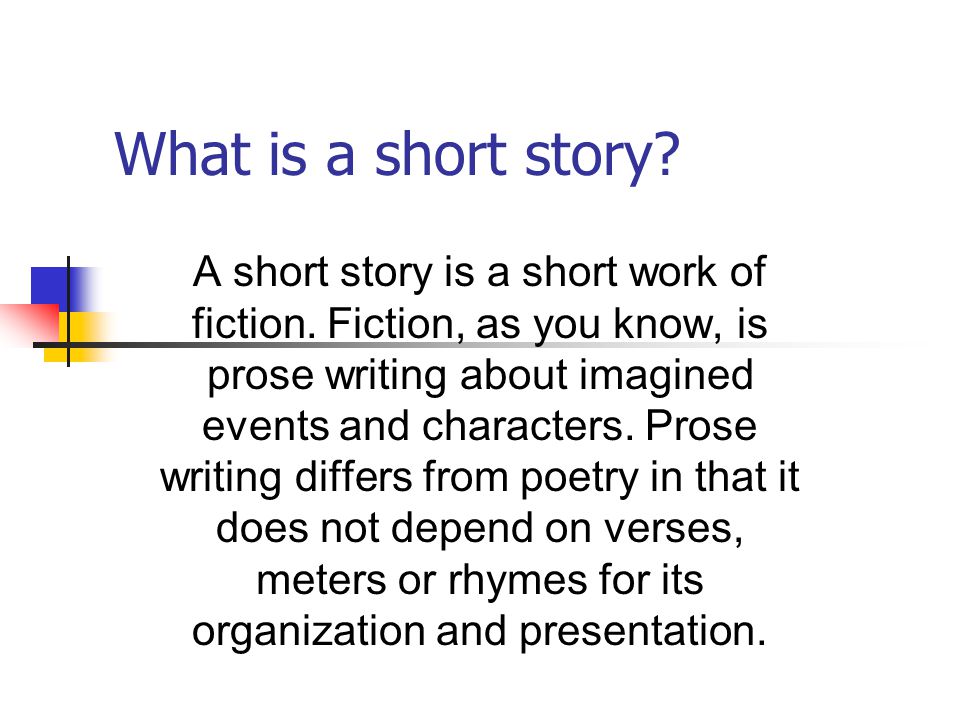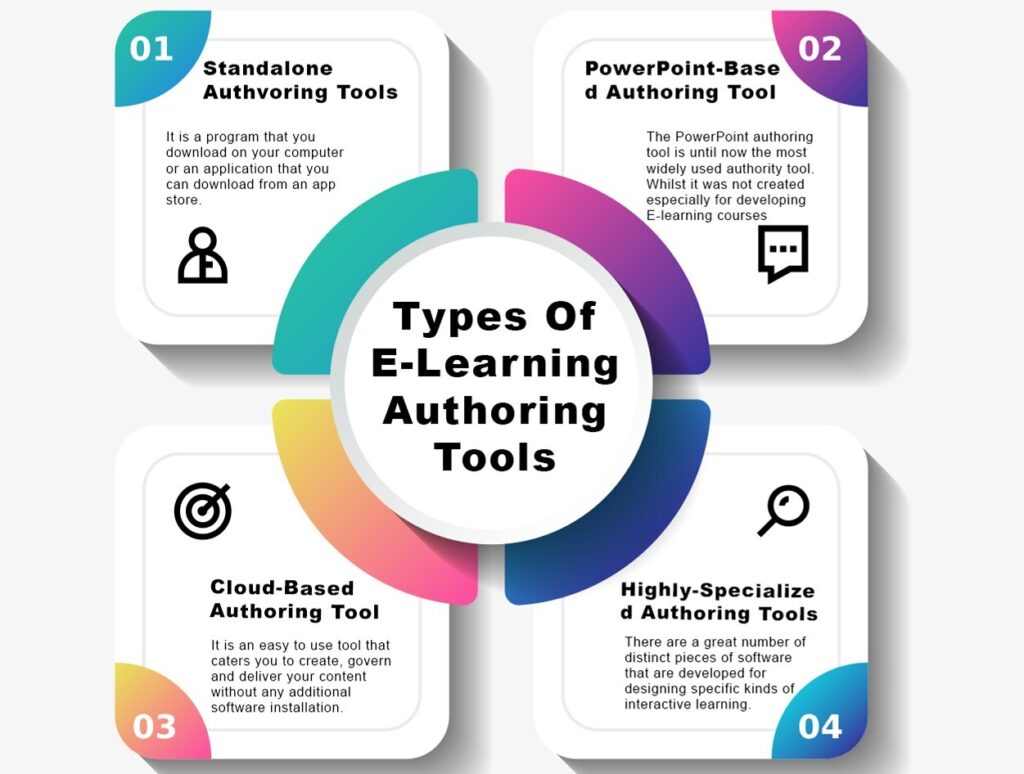
Udemy's Urgency Marketing strategy causes prices to fluctuate constantly. This strategy allows users to be triggered by a countdown clock, or a slogan. The prices are always available. Additionally, the courses are of excellent quality. Udemy offers a great place to learn a language or skill.
Courses are taught by subject matter experts in their native language
Udemy was founded to provide more learning opportunities for people all over the globe. Udemy currently offers courses that are available in 13 languages. You can browse courses by language and find the one that is best for you. Udemy provides guidance on how to choose the language.
Udemy is a fantastic choice for anyone looking to increase their business. Udemy's platform offers great growth opportunities for its members and features a team of dedicated professionals. You can customize your logo and topic, as well as access to analytics and a smartphone app. You can also find executive-level courses from top universities.

Always on Sale
Udemy has a sale section that will help you save money while learning online. There are often discounts of between 80-90 percent on courses. These courses are very popular and attract a lot of people to Udemy. Udemy prices are very affordable because of the low profit margins and high volume production. This allows them to offer discounts on all courses. Sometimes you can even find courses starting at $10
Udemy is an online learning platform that has more students than any other. Because the site is growing rapidly, it can afford to offer discounts to encourage new users. Loyal customers are also eligible for incentives. These sales are expected to continue and Udemy will offer lower prices for certain courses.
Coupon codes expire after an agreed time
Udemy offers many ways to receive free courses. You can first ask the instructor for a coupon. To request a coupon, visit the course landing page and scroll to the "About us" section. Click on the name of an instructor to send a note. A unique code can be provided by the instructor that is specific to their course.
Next, you should try to get the best price possible for your course. However, if you can't get the best deal, you shouldn’t fret too much. A good price is better than no price at all. It is important to remember that prices vary from country-to-country.

Quality of courses is good
Udemy's courses are one- to two-hour long. Some courses can be self-paced while others require lectures or demonstrations. These courses also include videos and slideshows. The instructor and course can affect the quality of the content. The reviews and ratings are a great way to assess the quality an online course.
To determine whether a course is good or bad, read the Udemy reviews written by other students and look for tags. These reviews can help you pick a course that is worth your time. You can also watch a course's introductory video and read the feedback from past students. You can also request free samples from some instructors.
FAQ
What are the different types e-learning is? Which are their purposes
There are 3 major types of online learning:
-
Content delivery – This type is e-learning that provides information to students. There are many examples, including lesson plans and textbooks.
-
Instructional design: This type e-learning helps learners to develop their skills. Examples include tutorials and simulations.
-
Learning management - This type of eLearning provides tools for instructors to organize and monitor student activity. These include virtual classrooms and discussion forums.
What are the key challenges preventing e-learning success?
E-Learning's biggest challenge is not technical, it's cultural. It's about people.
We need to understand what motivates them and how they learn best. We also need to know what makes them feel comfortable learning online.
This is where it's important to find ways of making this experience as natural and enjoyable as possible.
What should an eLearning program look like?
Your eLearning course should be designed in such a way that it encourages your learners to interact with the material.
This means that the design should be easy to use and that the content must be clearly presented.
It also means that the content must be interesting and compelling.
To ensure that your eLearning course meets these requirements, you need to focus on three things:
Content
First, decide what content you want in your eLearning course. In addition to the content itself, you also need to decide how long each section of the course should be. If you are teaching someone how to write letters, you will need to determine how long you want each topic to take.
Navigation
You must also decide how your learners will navigate your course. Do you want them scrolling through all pages at once? Or do they want to be able to jump straight to the relevant sections?
Design
Finally, decide how your course will look. This includes deciding how long each screen is going to take to load and how large the font size should be. Also, you will need to decide if graphics are desired (e.g. pictures).
Once you've made all the decisions, you can test your course and see if it works.
What are the advantages of e-learning for students and teachers?
The benefits of e-learning include improved learning outcomes for both students and teachers. E-learning also makes it possible for learners to access information from any location and at any time. E-learning empowers educators to connect with their students using technology in a way that was not possible previously.
E-learning allows teachers and students to receive individualized instruction, feedback, as well as support. This increases student motivation and engagement. Teachers can use e-learning to develop skills such as communication, collaboration, and critical thinking. Teachers can use it to improve their teaching by offering opportunities for reflection on other's experiences and self-reflection.
E-learning reduces the costs of training. To train a class on a new topic, for example, a teacher will need to spend money on books and materials. You don't have to purchase the exact same materials online, however.
Statistics
- According to ATD's 2021 State of the Industry report, technology-based learning methods, including e-learning, accounted for 80 percent of learning hours used in 2020. (td.org)
- Hedonism incorporates intrinsic motivation, including novelty, challenge, excitement, and pleasure (Schwartz et al., 2012), which is likely to predict user perception of e-learning enjoyment. (sciencedirect.com)
- Interestingly, students' participation in online training grew by 142% in the past year alone, indicating how quality education and up-to-date teaching pedagogy are preferred by learners and working professionals to upskill across India. (economictimes.indiatimes.com)
- In the 2017 ATD research report Next-Generation E-Learning, 89% of those surveyed said that changes in e-learning require their staff to update or add new skills. (td.org)
External Links
How To
How has e-learning changed since its introduction?
In the 1980s, the initial e-learning course was created. They were made to aid adults with computer skills. Since then, e-learning has become much more sophisticated. Today, there are many different types of e-learning available. Here are some examples:
-
Computer-Based Training (CBT - CBT is often short and uses computers to provide information.
-
On-Demand training (ODT): ODT is similar and only offered when required.
-
Self Study – Self-study can be described as an e-learning option that allows individuals to learn on their own and without any guidance.
-
Web-Based Training - WBT (Web-Based Training) is an eLearning option that allows students to do their learning online. While the tutor is unable to see what students are doing, they can track their progress using the system.
-
Video Lecture – These recorded lectures can be viewed on a television or screen.
-
Online Tutorials – These web pages provide step by step instructions on how to complete certain tasks.
-
Interactive Whiteboard – An interactive whiteboard can be used in the same way as a regular whiteboard, but it features touch-sensitive areas that allow users to interact with the image on the board.
-
Simulations: Simulations are computer-based, role-playing games. Students will be able to act out possible scenarios during their job.
-
Games - Games are computer-based activities that aim to improve problem-solving abilities.
-
Collaborative Learning - Collaborative learning is a form of e-learning that encourages groups of students to work together.
-
Problem Solving - Problem-solving is a type of e-learning that aims to develop critical thinking skills.
-
Virtual Environments- A virtual world is a 3D model of real-world objects. In this case, it would be a 3D model of a building.
-
Social Networking: This is the process of connecting with others over the internet.
-
Mobile Learning - This type of eLearning is done while on the move.